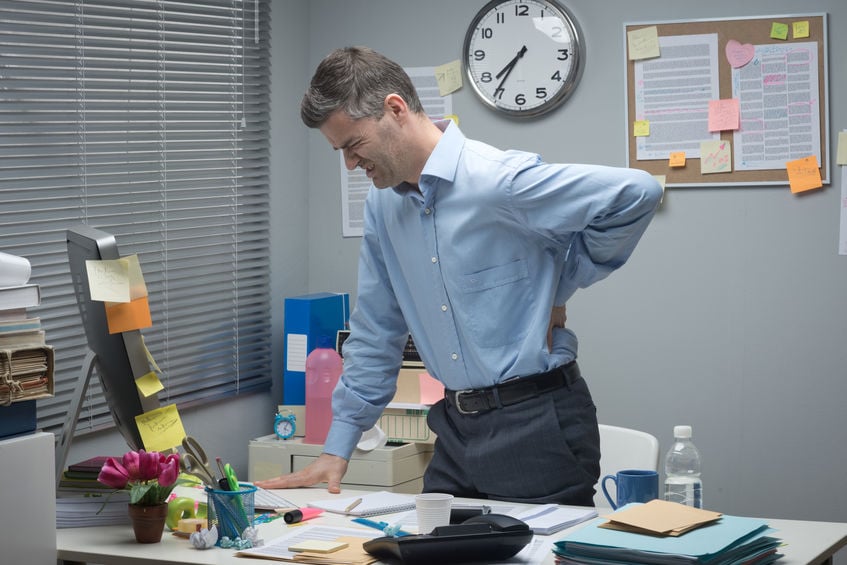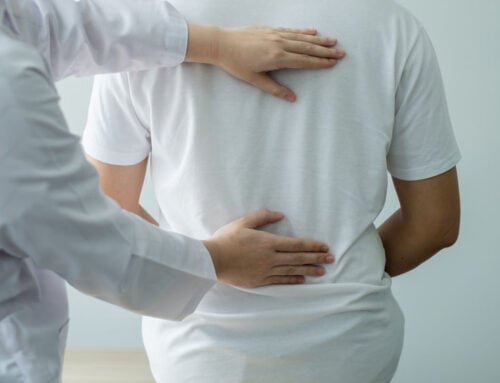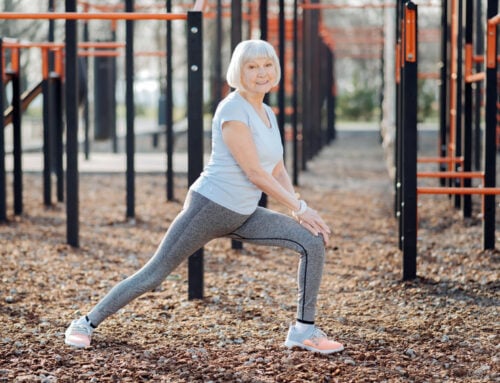The Two Probable Causes Of Back Pain
Cases of back pain, leg pain, and nerve pain continue to grow each year. About 1 in 2 Americans are expected to have some back or nerve pain in a lifetime. When doctors assess back pain, the terms sciatica and spinal stenosis often pop up. Here are all the things a patient needs to know if a doctor mentions one or both of these issues.

Sciatica gets on your nerves
Feeling some chronic, niggling nerve pain in the leg lately? This is a visible sign of sciatica. Sciatica occurs when there is something, like a bone or disc, pressing on the sciatic nerve. Passing through the spinal column are nerves that extend to different parts of the body. The sciatic nerves are the two thickest and longest nerves in the body. Each starts from the base of the spine. The nerves then branch off to each side of the buttocks and down each leg. On some occasions, a slipped disc or compressed bone can rest on the sciatic nerve.
Understanding sciatica symptoms
Persons with sciatica will feel pain, numbness, or tingling that starts in the lower back. This pain then moves to the hip, buttocks, and down the one leg. In severe cases, the person will feel weakness in the leg. Standing, sitting, or walking becomes painful. Anyone with these symptoms should see a doctor immediately.
Running out of space with spinal stenosis
Spinal stenosis happens when nerve roots become pinched due to a loss of space in the spinal canal. While this can occur anywhere on the spine, the condition mostly occurs in the lumbar region. Osteoarthritis or wear and tear on the bones of the spine is the main trigger of spinal stenosis. Wear and tear can cause bulging discs and bone spurs. These all can restrict the pathway for passing nerves.
Do spinal stenosis symptoms seem familiar?
Spinal stenosis causes pain, irritation, and inflammation. Spinal stenosis often happens in older persons due to wear and tear. However, some persons born with smaller spinal canals may experience stenosis earlier. Persons will feel this pain in the lower back, buttocks, and leg. The pain becomes especially unbearable when walking and standing. Do these symptoms sound similar to sciatica? That’s because spinal stenosis causes sciatic pain. Sciatica is, therefore, a symptom or sign of an issue like spinal stenosis.
One treatment to tackle two issues
Spinal stenosis and sciatica have similar treatment options. Rest and pain medication, for instance, can help mild cases of pain. Doctors also suggest hot and cold therapy and physical therapy. These treatments, along with improved diet and exercise, can help with sciatica and spinal stenosis. If conventional treatments fail, a specialist then tries a spinal injection. These shots contain steroids that can last up to 6 months. Other suggested treatment options include acupuncture or chiropractic care. The doctor will exhaust non-surgical treatments first. If the pain persists, then surgery is the best option.
Turning to surgery
Consider surgery if the pain damages the quality of life and other treatments fail. Based on the source of the spinal stenosis or sciatica, the surgeon will choose the right surgical procedure. If the problem is a herniated disc, the surgeon will perform a microdiscectomy. This procedure seeks to remove a part of the damaged disc, freeing up space for the nerves. If the issue is due to wear and tear or bone spurs, some bone may be removed. For example, the surgeon can perform a laminectomy to remove some or all of the lamina bone. Bone spurs and damaged joints get removed via a foraminotomy or a facetectomy. Surgical procedures are very effective, with a high success rate.
Treat both issues today
Pain from sciatica and spinal stenosis can put a damper on the quality of life. If a doctor confirms sciatica, chances are there is a deeper spinal issue at play. This could be spinal stenosis, as the symptoms are quite similar. Speak with a doctor about treatment options. Based on the problem, the doctor will help identify what needs to be done to relieve pain for good.



